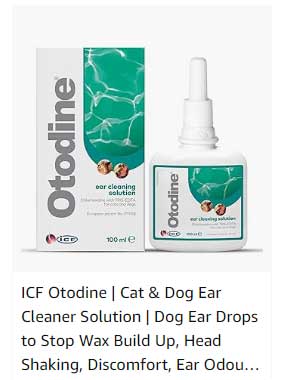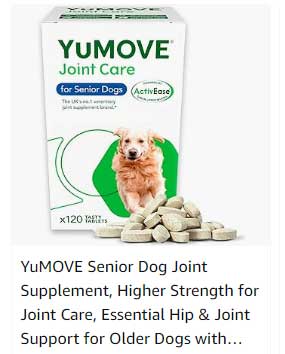Dogs are beloved companions, and part of being a responsible pet owner is understanding their behavior and health.
One lesser-known aspect of a dog’s anatomy is the anal glands, also known as anal sacs.
These small glands play a significant role in a dog’s signaling system, but they can also lead to discomfort if not functioning properly.
This article explores why dogs empty their anal glands, the reasons behind this behavior, and when intervention may be necessary.
What Are Anal Glands?
Located on either side of the dog’s rectum, anal glands contain a smelly fluid that serves multiple purposes.
In the wild, this scent helps dogs communicate with each other by marking territory or conveying information about reproductive status.
When a dog defecates, the pressure from the stool usually helps express these glands naturally, allowing the contents to be released and spread with the feces.
Reasons for Emptying Anal Glands
1. Natural Expression During Defecation:
The most common way dogs empty their anal glands is during a bowel movement.
As stool passes by, it applies pressure to the glands, causing them to release their contents.
This is a healthy and natural process that is important for maintaining the dog’s scent profile.
2. Self-Soothing or Discomfort:
Sometimes, dogs may empty their anal glands due to discomfort or anxiety.
If a dog feels irritation around their rear end—whether from allergies, an infection, or even a full anal sac—they may instinctively attempt to express the glands.
This can involve scooting on the ground, licking the area frequently, or displaying signs of distress.
3. Health Issues:
Regular expression of anal glands may be necessary if a dog experiences certain health issues.
Conditions like impacted glands, infections, or abscesses can occur if the glands do not empty properly.
In these cases, dogs may require assistance from a veterinarian or a groomer to have their anal glands expressed manually.
Signs That Your Dog May Need Help
Recognizing the signs that your dog may need help with their anal glands is crucial.
Some common indications include:
- Excessive licking of the anal area
- Scooting on the ground
- Signs of discomfort or straining
- Unpleasant odors from the rear
Changes in bowel movements, such as smaller stools If you notice any of these symptoms, it’s essential to consult with a veterinarian.
They can assess whether the anal glands are full, impacted, or infected.
Routine Care and Prevention
Some dog breeds are more prone to anal gland issues, particularly those with lower body fat or flatter rear ends.
Regular grooming and check-ups can help maintain the health of your dog’s anal glands.
In some cases, a veterinarian may recommend routine expression as part of the grooming process.
Additionally, maintaining a high-fiber diet can promote healthy bowel movements, which naturally aids in the expression of the anal glands.
Consulting with a veterinarian about your dog’s dietary needs can ensure they maintain proper digestive health.
Conclusion
Understanding why dogs empty their anal glands is essential for pet owners.
While this process is typically natural, being aware of your dog’s behaviors and signs of discomfort can help you address any issues before they become serious.
Regular veterinary care and attention to your dog’s diet and health can go a long way in keeping your furry friend comfortable and happy.
By being proactive about your dog’s anal gland health, you not only ensure their physical well-being but also strengthen the bond you share with your beloved companion.









